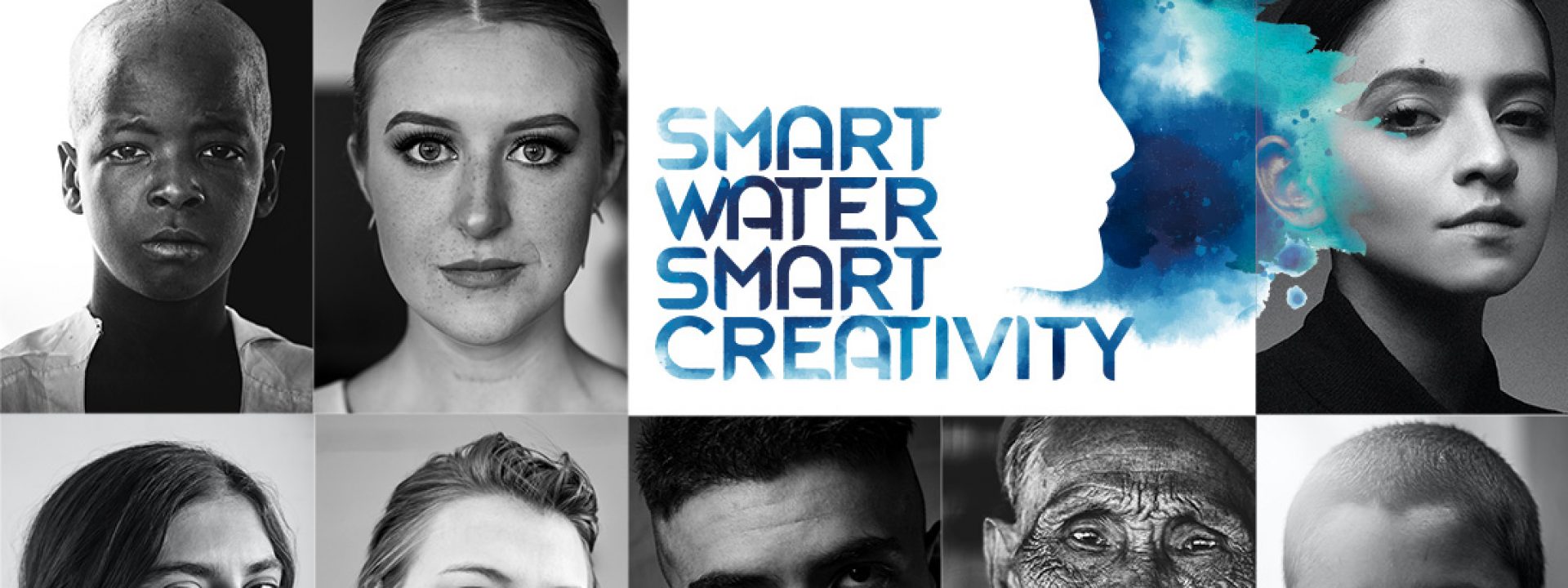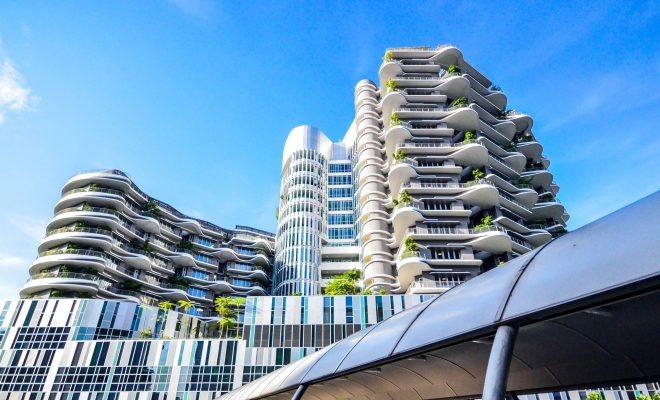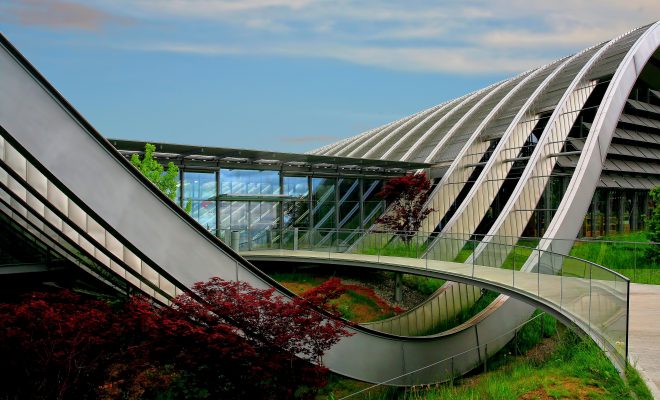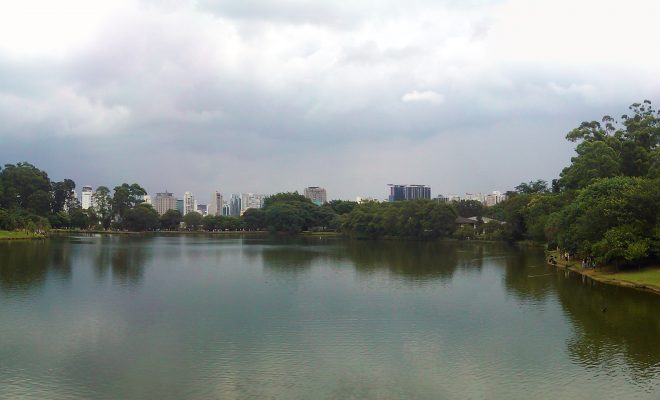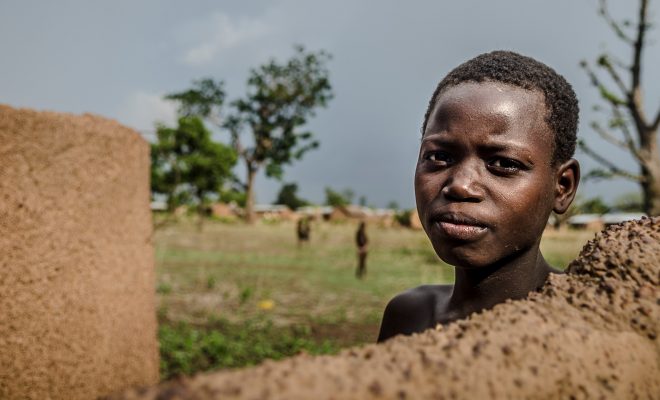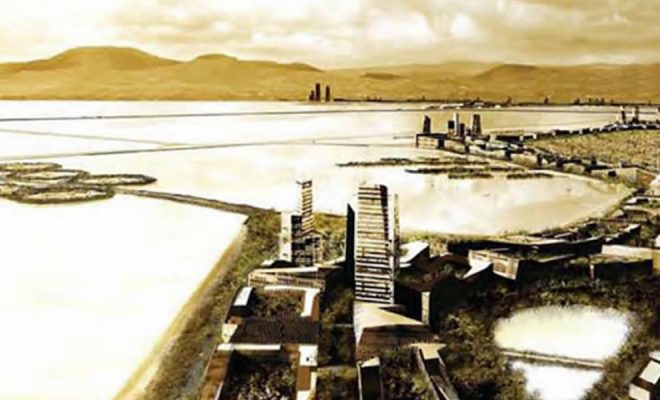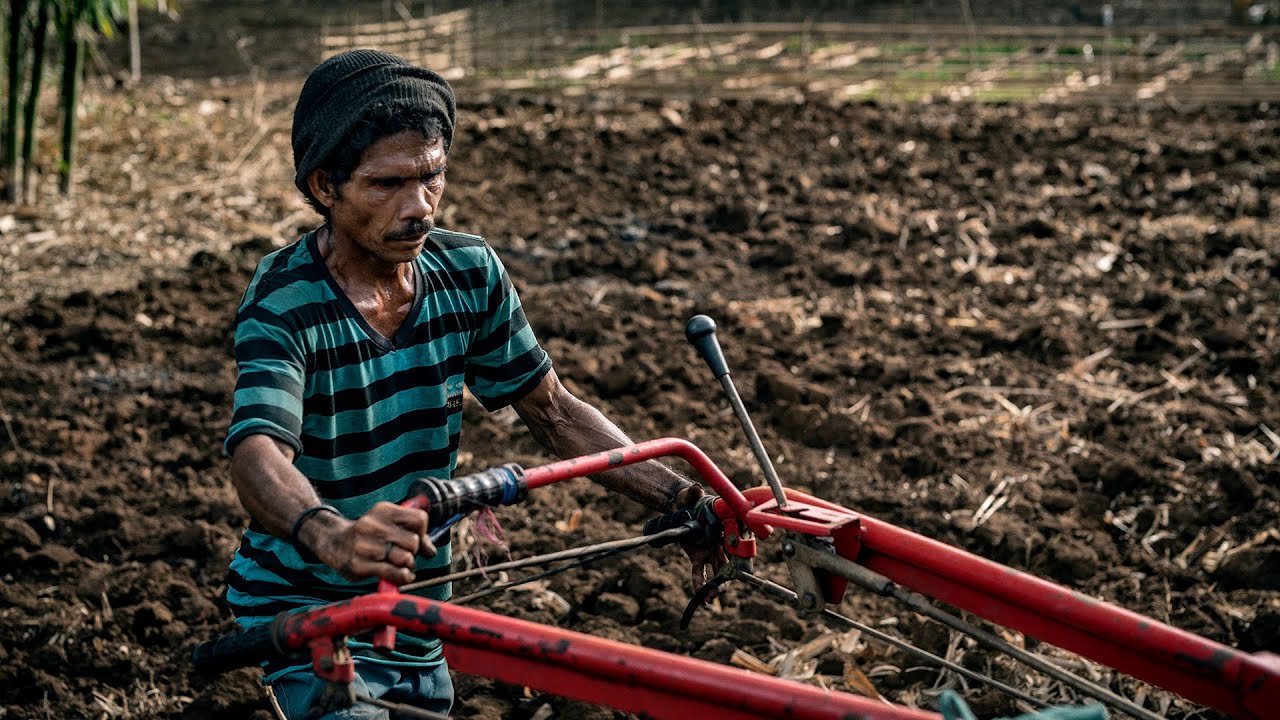
“We alone cannot solve water and sanitation problems all around the world. We need the awareness and involvement of all players in society.” Carlos Garriga, director of the We Are Water Foundation, contextualized the establishment of Smart (Collective) Creativity, a new initiative within Smart Water, a platform for dialogue and generation of ideas about the water problem from the architecture, design and technology perspective. These are basic disciplines in urban and tourism developments, industries in which sustainability is essential for the integration of citizens and vital to attain the SDGs by 2030.
The new platform was launched on the 14th October as part of the Expo CIHAC Digital virtual room in Mexico City, one year after the Foundation launched Smart Reaction in the midst of the Covid-19 pandemic with the aim of exploring mobilization channels through water in industries and activities that define sustainable urban planning. This new discussion forum was born as a natural continuation to the necessary reaction caused by a pandemic that has not yet ended.
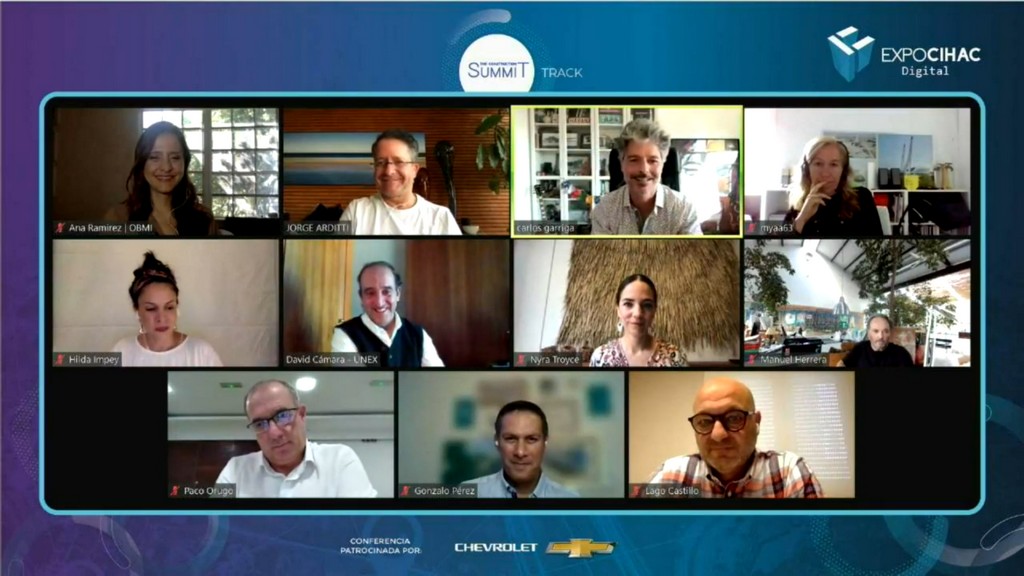
Smart (Collective) Creativity, the new forum for dialogue of the Smart Water platform, has been created to promote creative participation in these key sectors for our immediate future through water.
Video of the debate on the occasion of the presentation of the new Smart (Collective) Creativity platform launched on October 14th at the Expo CIHAC Digital virtual room in Mexico City.
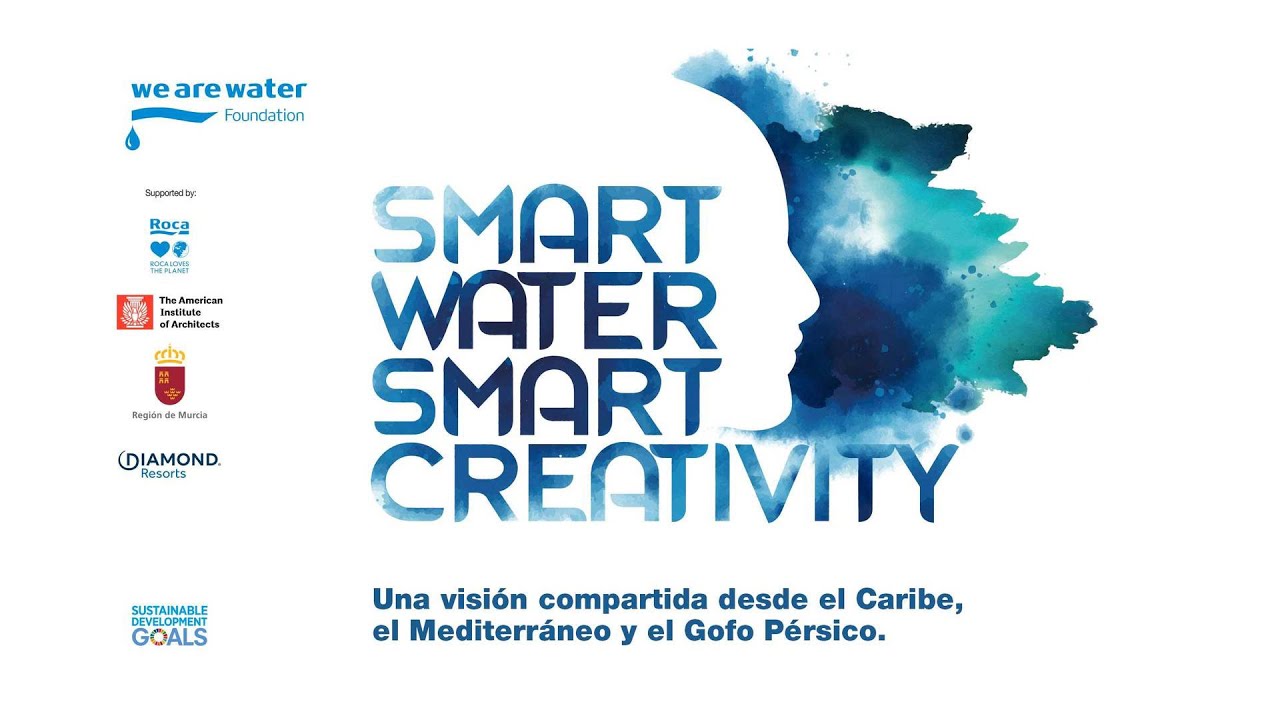
The discussion, which was moderated by David Cámara, Project Leader of the Smart Water initiative, brought together online the Mexican architects Jorge Arditti and Gonzalo Pérez Vázquez, the Colombian architect Ana Ramírez, and the Spanish architects Olga Duque and Manuel Herrera, together with the Mexican textile designers Hilda Impey and Nyra Troyce, the industrialist Francisco Orugo Tejero and the designer Paco Lago Castillo.
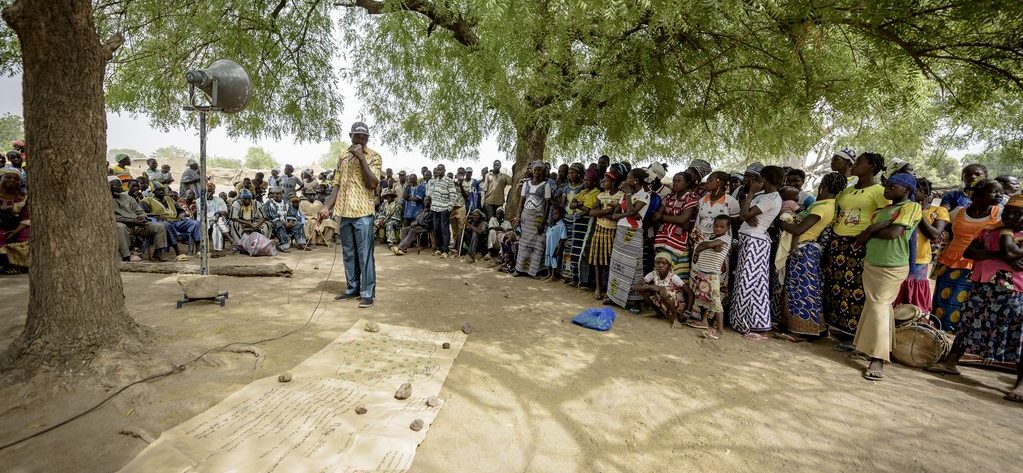
Carlos Garriga, the director of the Foundation, highlighted the importance the collaborative spirit has gained in solving the human problems we are currently facing. © Carlos Garriga /We Are Water Foundation. Aid project, the fight against open defecation in Burkina Faso.
The need for collective creation
David Cámara opened the discussion by mentioning the platform’s main objective: “Collective creativity is now more important than ever. How can we get agents of change? The aim of Smart Water is to bring together professionals beyond the world of water to discuss and generate ideas, which can then be conveyed to society.”
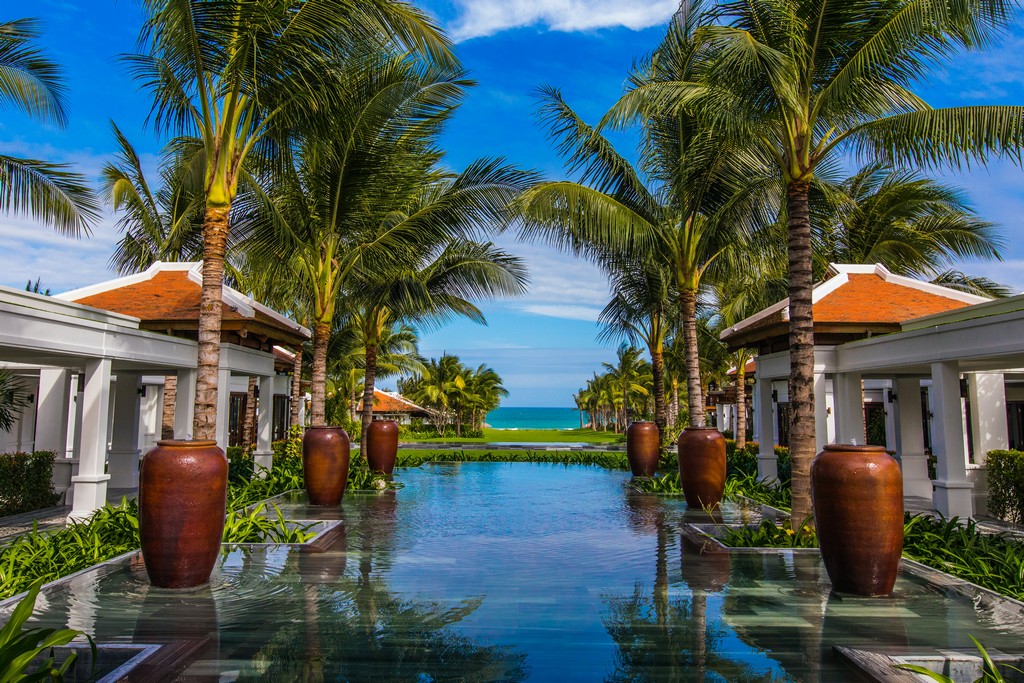
The attainment of the SDGs implicates all players involved in human progress and in particular architecture, design and tourism. © The Anam-unsplash
In this sense, Carlos Garriga highlighted the importance the collaborative spirit has gained in solving the human problems we are currently facing and gave the Foundation’s experience as an example, with its 69 projects in 26 countries that have benefitted more than 1.8 million people with water, sanitation and hygiene. “It’s not just about installing latrines or drilling wells,” he said, “you need to use collaborative creativity for these facilities to be used in an efficient and dignified way.” The director of the Foundation mentioned the sanitation and hygiene aid projects in schools in Chaco-Chuquisaqueño in Bolivia and the fight against open defecation in Burkina Faso as examples of how, with collaboration between governments, communities and aid organizations, it is possible to overcome the complexity of problems.
He also explained the Foundation’s approach to awareness-raising work: “We have always tried to find the best ways to create awareness. Here, too, we have a very positive experience in creating tools, such as the communication of The Hidden Life of Water concept, the #NoWalking4Water campaign and the Aquanauts initiative. With these we have been able to prove that, in society, beyond any professional sectors, the message of water has been taking hold.”
Garriga also mentioned the “Let’s Make a Deal” initiative, which is now a benchmark in raising awareness and working to save water and respect the environment in hotel chains. Driven by the Foundation, it was taken on for the first time by Diamond Resorts in 2018, becoming a revealing experience of the key role the tourism sector plays in the challenge of raising awareness of the importance of sustainability in the use of water: “In total, we were able to save two million liters of water and half a ton of plastic and we raised 40,000 euros from guests for our aid projects in India, Guatemala and Indonesia.” The experience fostered a collaborative spirit among all players, hotel staff and guests, and benefitted from the organization of educational activities, such as “Aquanauts”, which combined sustainability and recreational programs.
The need for new communication channels
Manuel Herrera, architect and artist, CEO of Estudio Muher, with extensive presence in Asia, Middle East and America, explained his experience of using architecture and art as vehicles that represent love for nature and support for the protection of the environment. Through his Art and Architecture chair at the Universidad Católica in Murcia, Herrera will be developing a unique awareness-raising project: “We have always wondered how to convey the importance of water and environmental sustainability to society. With this idea in mind, we have reached an agreement to develop an art and architecture biennial linked to water. Our goal is to reflect the importance of sustainability for water through the work of creative artists and thus be able to raise awareness. Art is ahead of any communication procedure, it is much more direct and creativity is therefore able to reach society.” Herrera’s project has much more value in the context of the environmental disaster of the Mar Menor, which has had an impact on the community of Murcia, generating a profound debate on the need to preserve water when managing the territory.
Another communication channel to promote sustainability is to learn about new technologies applied to any human activity and convey them to citizens. Architecture is a discipline with great potential to do this. This is how Olga Duque, architect at Mangera Yvars Architect, a firm with extensive international experience, especially in the Middle East, sees it. She believes that technology is key when designing a sustainable future: “We have a duty to spend time getting to know this technology in order to apply it effectively and therefore know how we can contribute better to sustainability. We know what the problem is and we must know how to incorporate new technologies and connect them to citizens.”
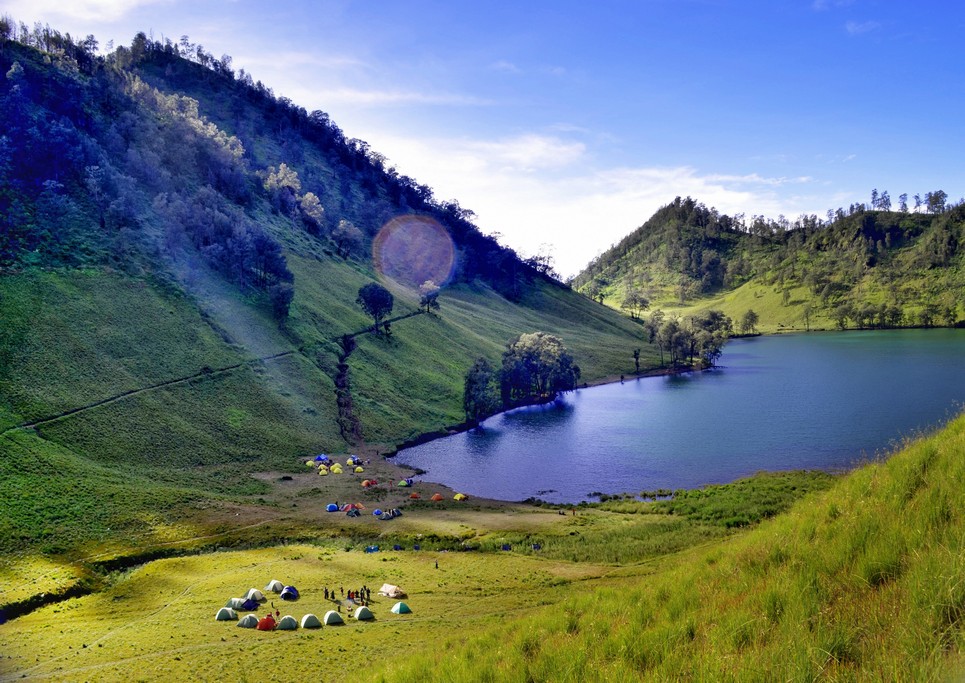
Sustainable tourism is a powerful tool for many communities to leave poverty behind.© Nofi Sofyan Hadi-unsplash/Ranu Kumbolo Lake, Indonesia.
Mexico, a benchmark in the creation of solutions
Architects are a key professional sector in the Smart Water initiative. Any professional activity should be an element of pressure and awareness and architects, in addition to being generators of core ideas in urban and tourism planning, are also important specifiers before governance and companies to achieve laws and practices that protect the environment and promote sustainability. Jorge Arditti, the Foundation’s ambassador in Mexico, a country whose struggle for water security has drawn worldwide attention, has always insisted on this key role of his profession: “We aim to raise the awareness of governments, companies and developers, so that they generate adequate laws with regard to water care. This is always present in our work with every institution involved in new and old buildings.”
Within the framework of Expo CIHAC, the water and sanitation problems posing a great short-term challenge to Mexico gained particular relevance. The need for water balance in view of its demographic and climatic diversity is a matter of urgency. The architect Gonzalo Pérez Vázquez, director of Arquitectura Inmobilia, supported Jorge Arditti: “There are areas in Mexico with no water. That’s why it’s very important for us to work efficiently, involving all sectors. There are great challenges ahead of us and we must begin to see water as a part of ourselves in order to raise awareness about its care.”
Ethical requirements for the entire chain of suppliers and clients
Solutions must involve the entire value chain of a product or service. This principle has become an ethical requirement in all sectors. Choosing suppliers committed to sustainability is essential to attain the goals included in the United Nations Agenda 2030. Building sectors and the tourism industry in particular must be fully involved in this.
This work philosophy is very clear to Hilda Impey, creative director of her own studio. “I always try to work with ethical technical specifications and collaborate with reliable companies that try to pollute less. Design and creativity are aspects that must change urgently.” The textile design expert gave the example of the leather industry: “The treatment of leather is one of the most toxic processes for water. People do not know that all this pollution causes diseases and malformations in young people and then ends up in the ocean. We must be radical in the demand for ethical technical specifications.”
Francisco Orugo Tejero, Hospitality Director at ECUS, provided the testimony of his company, exemplary in the incorporation of sustainability to its mission and mentioned a reality that needs to change: “We were the first mattress company in Spain to obtain the ISO 14001 certification and to manufacture our products with plastic collected from the sea. But, from 2004 to 2021, only one hotel chain has asked us to provide the certificate. This requirement should be a standard for the entire value chain.”
Nyra Troyce fully agrees with this. The designer, director of Estudio Nyra Troyce, also specializing in hospitality design, gives special value to the collaboration with other colleagues and trades with whom she shares the same values, based on the concern for the social and environmental impact of their creations: “I only participate in projects that really help and generate a better future for all. It is sad that there are no regulations and that consumers do not demand them. I don’t believe in a dystopic future. It is everyone’s job and day-to-day action does count.”
Tourism, a key industry for the immediate future
The suspension of tourist activity due to the pandemic has brought many projects to a halt, but they should now be resumed. Sustainable tourism is a powerful tool for many communities to leave poverty behind. It is one of the keys to attain the SDGs by 2030 and a green economy model to face climate change. Amidst a deep crisis, we must foster collective creativity more than ever to obtain the great benefit it can bring to the planet: the ethical distribution of wealth towards people and the environment.
Paco Lago Castillo, CEO of Estudio Paco Lago Interior supported this philosophy and explained his experience as interior designer for Diamond Resorts in Europe. Lago highlighted the success of the Aquanauts workshops: “The most valued activity in the Diamond Resorts in recent years were the workshops to raise awareness of the use of water.”
Also the architect Ana Ramírez, of OBM International, expert in holiday hospitality projects, highlighted the importance of hotels to lead the change, especially in the Caribbean, an area of great biodiversity exposed to hurricanes and irregular rainfall: “We are aware that the hotel sector is the one that pollutes the most and we are developing ideas to avoid this. For instance, in Bermuda 80% of the water must be collected through green and tiered roofs, a technique our firm has developed successfully.”
Collective action starts with individual action
As Carlos Garriga pointed out, “the SDGs are the most creative tool the United Nations has launched in recent years” and the main objective of Smart Water is to promote them from those industries that boost economic development and that are essential for evolution in a world that is and will be predominantly urban. Collective creativity from architecture, construction, design and technology will provide us with the best ideas and practices to achieve it. Every one of us counts.


